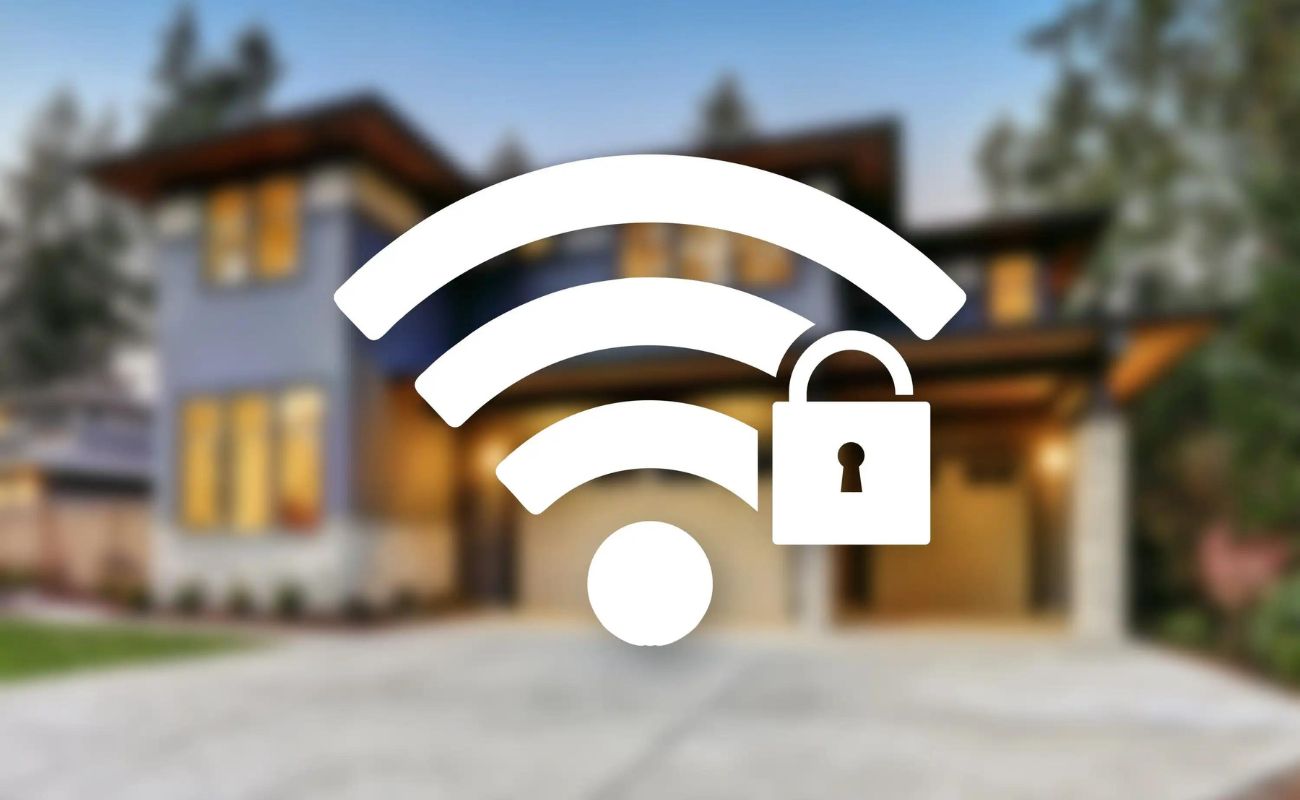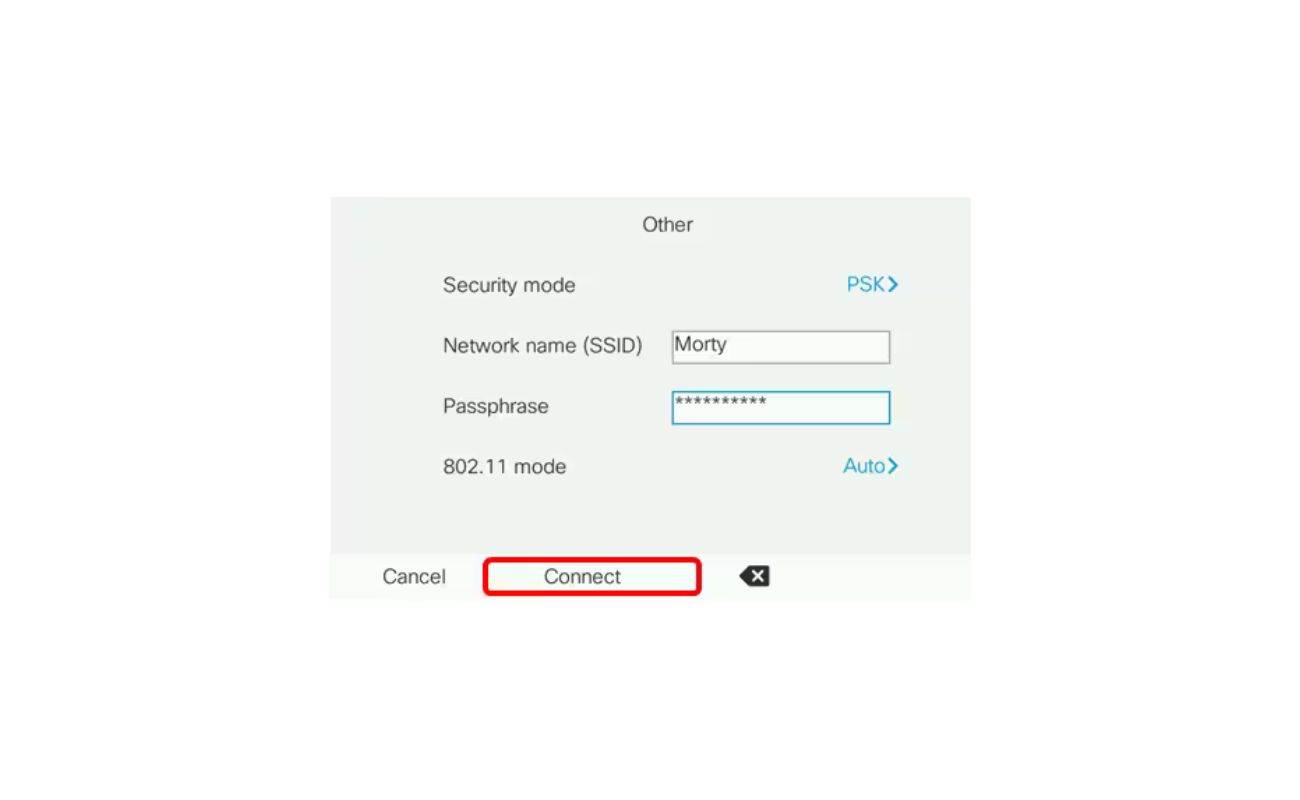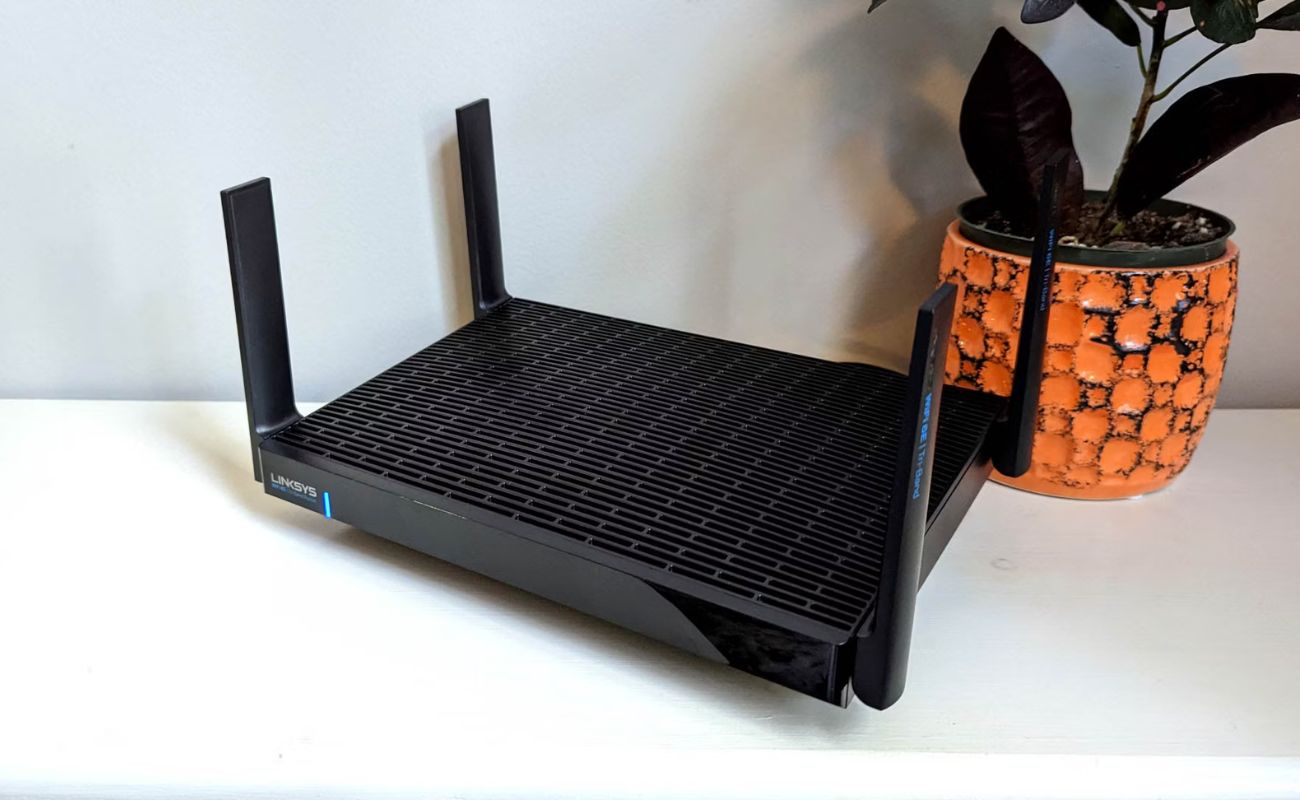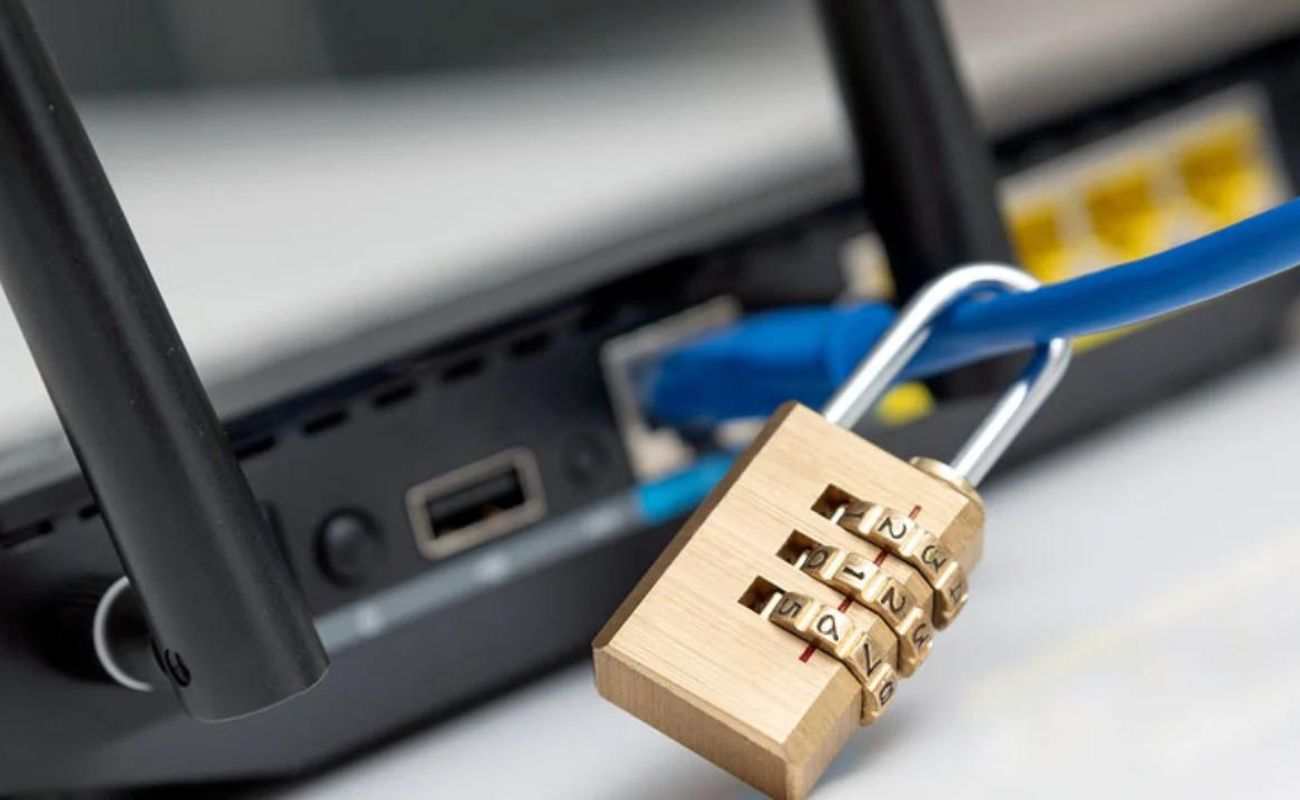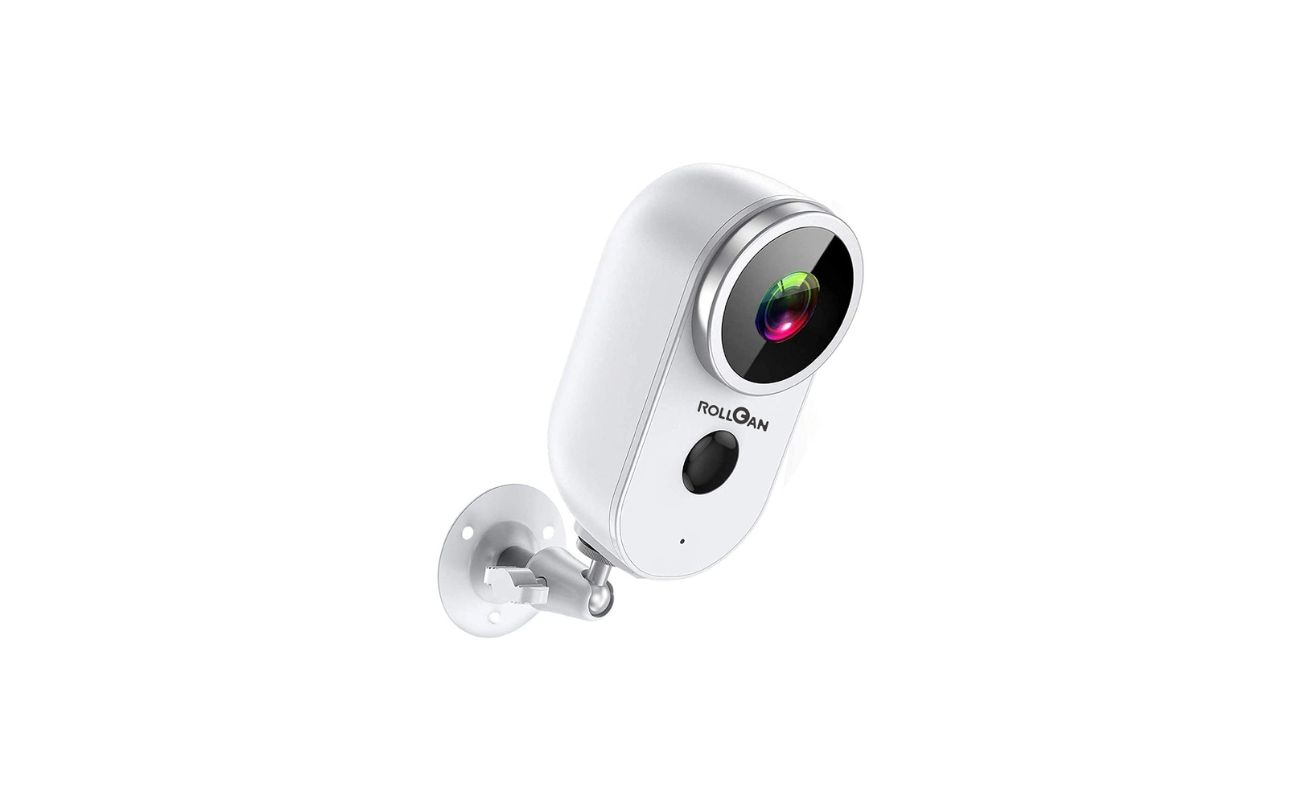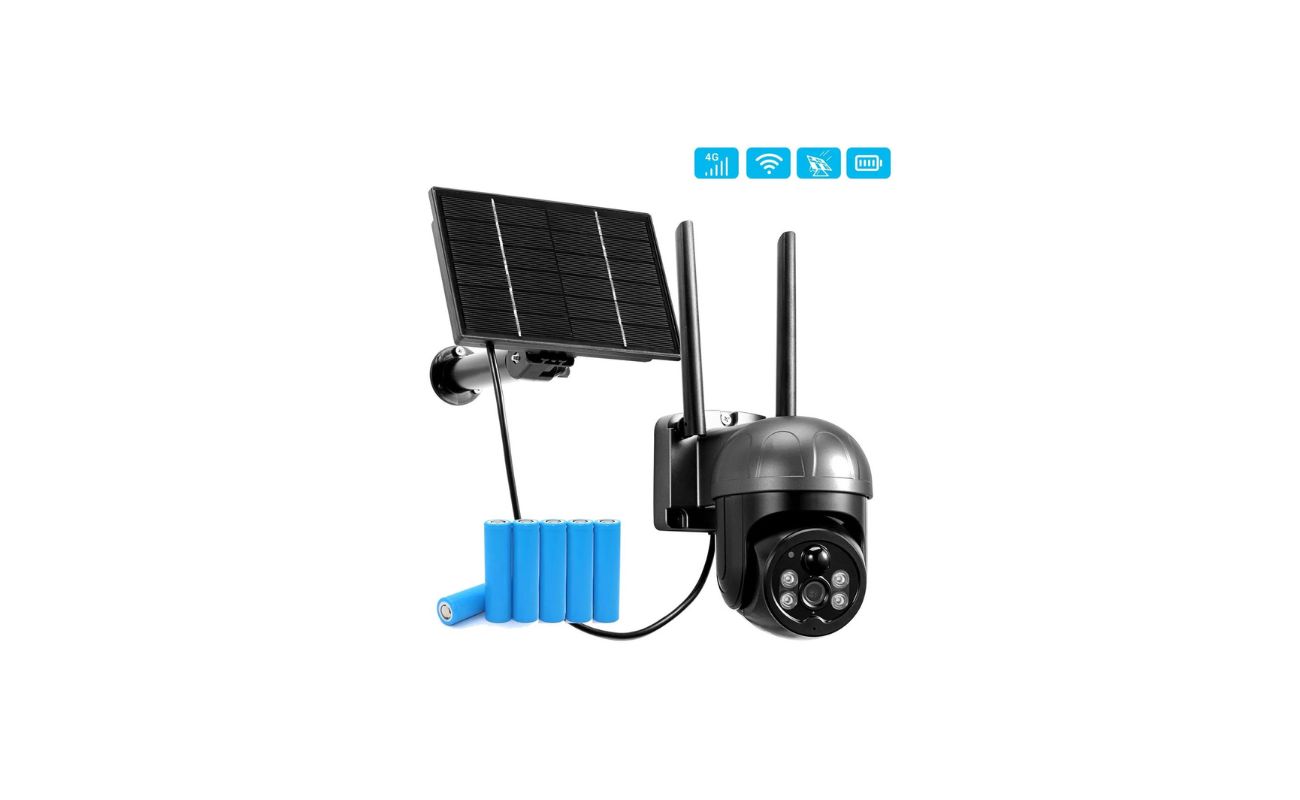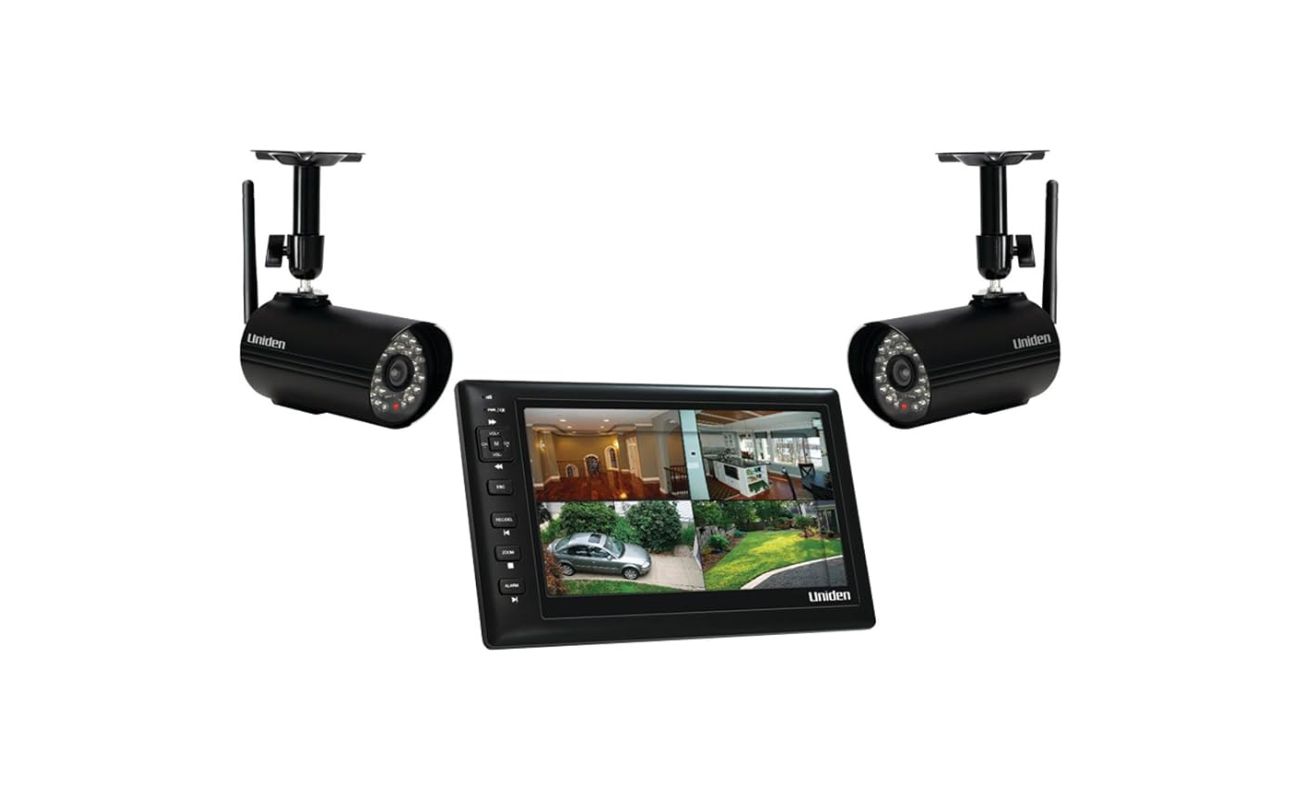Home>Home Security and Surveillance>What Wireless Security Technology Replaces WEP As The Main Security Mechanism?


Home Security and Surveillance
What Wireless Security Technology Replaces WEP As The Main Security Mechanism?
Modified: March 6, 2024
Discover the latest wireless security technology that replaces WEP for your home security and surveillance needs. Upgrade your system for enhanced protection and peace of mind.
(Many of the links in this article redirect to a specific reviewed product. Your purchase of these products through affiliate links helps to generate commission for Storables.com, at no extra cost. Learn more)
Introduction
Wireless security technology plays a crucial role in protecting our homes and ensuring the privacy and safety of our families. With the rapid advancement of technology, the older Wireless Equivalent Privacy (WEP) protocol is no longer considered a secure option. As a result, newer and more robust security mechanisms, such as Wi-Fi Protected Access (WPA) and its successor WPA2, have emerged to provide enhanced protection against potential threats.
In this article, we will explore the shortcomings of WEP and delve into the advancements in wireless security technology. We will examine the features of WPA and WPA2, analyze their differences, and highlight the advantages of upgrading to WPA2 to improve your home’s security infrastructure.
So, if you’re concerned about the security of your wireless network and want to understand the latest technologies available, continue reading to discover the wireless security technology that replaces WEP as the main security mechanism.
Key Takeaways:
- Upgrade to WPA2 for Stronger Security
Replace outdated WEP with WPA2 for stronger encryption, individual user authentication, and dynamic key management. Enjoy enhanced protection for your home network against potential threats. - Smooth Transition to WPA/WPA2
Transitioning from WEP to WPA/WPA2? Check compatibility, update firmware, configure router settings, update devices, and communicate changes. Ensure a smooth and secure upgrade for your wireless network.
Understanding the weaknesses of WEP
Wireless Equivalent Privacy (WEP) was the original security standard implemented for wireless networks. However, it has several vulnerabilities that make it ineffective in providing adequate protection against modern hacking techniques.
One of the primary weaknesses of WEP is its use of a static encryption key. Once an attacker gains access to the network, they can capture the encrypted packets and use brute force techniques to crack the encryption key. With enough time and processing power, the attacker can decrypt the packets and gain unauthorized access to the network.
Another vulnerability of WEP is its reliance on a weak encryption algorithm. WEP uses the RC4 algorithm, which has been proven to be susceptible to attacks. The algorithm’s flawed design enables attackers to exploit patterns in the encrypted data and recover the original content.
Furthermore, WEP suffers from the lack of effective key management. WEP uses a shared key authentication method, where all devices on the network use the same encryption key. Once an authorized device joins the network, it can easily decrypt all the communication from other devices. This lack of individual authentication and key rotation increases the vulnerability of the network.
Lastly, WEP does not provide security for data integrity. Without appropriate integrity checks, an attacker can modify the encrypted packets without triggering any alerts. This opens doors for various attacks, such as data injection or message tampering, compromising the overall security of the network.
In summary, WEP’s weaknesses in static encryption keys, weak encryption algorithm, poor key management, and lack of data integrity checks render it inadequate in providing the necessary security for wireless networks. It is crucial to upgrade to a more advanced security mechanism to safeguard against modern hacking techniques.
The emergence of WPA and WPA2
The weaknesses of WEP led to the development of more robust security protocols, including Wi-Fi Protected Access (WPA) and its successor, WPA2. These protocols were introduced to address the vulnerabilities of WEP and provide improved security for wireless networks.
WPA was introduced as an intermediate upgrade to WEP, aiming to provide a stronger security solution while maintaining compatibility with legacy devices. It implemented the Temporal Key Integrity Protocol (TKIP) encryption algorithm, which addressed the weaknesses in WEP’s RC4 algorithm and offered more robust encryption.
WPA also introduced a new authentication method called Wi-Fi Protected Access Pre-Shared Key (WPA-PSK), also known as WPA Personal. This method uses a passphrase as the pre-shared key, providing a more secure and user-friendly alternative to the shared key authentication used in WEP.
While WPA was a significant improvement over WEP, it still had some vulnerabilities that could potentially be exploited. To address these concerns, the Wi-Fi Alliance introduced WPA2 as the next-generation wireless security protocol.
WPA2 further enhances wireless security by implementing the Advanced Encryption Standard (AES) encryption algorithm, which is far more secure than the TKIP algorithm used in WPA. AES provides stronger encryption and is resistant to known vulnerabilities, making it highly reliable for protecting wireless networks.
Additionally, WPA2 improves on the authentication process by introducing the 802.1X authentication framework, which enables individual user authentication and dynamic key management. This means that each device connecting to the network is assigned a unique key, eliminating the vulnerabilities associated with shared keys.
Overall, the emergence of WPA and its successor WPA2 has revolutionized wireless security by addressing the weaknesses of the outdated WEP protocol. WPA2, in particular, offers a high level of security with its AES encryption and individual user authentication, making it the standard choice for securing modern wireless networks.
How WPA and WPA2 enhance wireless security
Both WPA and WPA2 were developed to bolster wireless security and provide effective protection against potential threats. Let’s explore how these protocols enhance the security of wireless networks:
- Encryption: One of the key ways in which WPA and WPA2 enhance wireless security is through the use of strong encryption algorithms. WPA utilizes the TKIP encryption algorithm, while WPA2 employs the more advanced AES encryption algorithm. These algorithms provide robust protection by encrypting all data transmitted over the network, making it extremely difficult for unauthorized individuals to intercept and decode the information.
- Authentication: Both WPA and WPA2 offer improved authentication mechanisms compared to WEP. WPA introduced the WPA-PSK method, which uses a passphrase as the pre-shared key. This method is more secure than the shared key authentication used in WEP, as it requires a longer and more complex key. WPA2 further enhances authentication with the 802.1X framework, enabling individual user authentication and dynamic key management. This means that each device connecting to the network is assigned a unique key, minimizing the risk of unauthorized access.
- Key management: Effective key management is crucial for maintaining strong wireless security. WPA and WPA2 improve upon WEP’s key management by implementing dynamic key management. This means that the encryption keys are automatically and regularly changed, reducing the risk of an attacker being able to crack the encryption through brute force methods. Additionally, the 802.1X framework used in WPA2 allows for centralized key management, making it easier to handle authentication and encryption keys within the network.
- Data integrity: Ensuring data integrity is essential in wireless communication. Both WPA and WPA2 include mechanisms to verify the integrity of data transmitted over the network. This helps prevent unauthorized modification of data packets and protects against various attacks, such as data injection or message tampering.
- Compatibility: Another advantage of WPA and WPA2 is their compatibility with legacy devices. While WEP was the original security standard, many devices still support WPA and WPA2, allowing for an easy transition from the older and less secure protocol.
By implementing strong encryption, improved authentication methods, effective key management, and data integrity checks, WPA and WPA2 significantly enhance wireless security. These protocols provide robust protection against potential threats, ensuring the privacy and safety of your home network.
Tip: WPA2 is the wireless security technology that replaces WEP as the main security mechanism. It provides stronger encryption and better protection for your wireless network.
Comparing WPA and WPA2
While WPA and WPA2 both serve as significant improvements over the outdated WEP protocol, there are some differences between the two in terms of security features and compatibility:
- Encryption: WPA uses the Temporal Key Integrity Protocol (TKIP) encryption algorithm, while WPA2 implements the more advanced Advanced Encryption Standard (AES) algorithm. AES is considered more secure and offers stronger encryption compared to TKIP.
- Compatibility: One key advantage of WPA is its compatibility with older devices that may not support WPA2. This allows for a smoother transition from the insecure WEP protocol to a more secure option. On the other hand, WPA2 offers the highest level of security and is the preferred option for newer devices that support it.
- Authentication: Both WPA and WPA2 support the use of pre-shared keys (PSK) for authentication. However, WPA2 provides a more secure option through the implementation of the 802.1X framework, which enables individual user authentication and dynamic key management.
- Security Levels: WPA offers a high level of security and can be considered sufficient for many home networks. However, WPA2 provides an even stronger security level due to the use of AES encryption and the enhanced authentication framework. WPA2 is recommended for networks that require the highest level of security, such as businesses or networks handling sensitive data.
- Vulnerabilities: While both WPA and WPA2 are considered secure, it is important to note that they are not invulnerable to all types of attacks. For example, both protocols are susceptible to brute force attacks if weak or easily guessable passwords are used. Ensuring strong and complex passwords is crucial for maximizing the security of your wireless network.
In summary, both WPA and WPA2 provide significant improvements over WEP, offering enhanced encryption and authentication mechanisms. While WPA is compatible with older devices and provides a high level of security, WPA2 offers even stronger protection through the use of AES encryption and the 802.1X framework. It is important to evaluate your network’s specific needs and security requirements to determine whether WPA or WPA2 is the most suitable option for your home network.
The advantages of WPA2 over WPA
While both WPA and WPA2 are significant improvements over the vulnerable WEP protocol, there are several advantages that make WPA2 the preferred choice for securing wireless networks:
- Stronger Encryption: WPA2 uses the Advanced Encryption Standard (AES) algorithm, which is considered more secure and reliable compared to the Temporal Key Integrity Protocol (TKIP) used by WPA. AES provides stronger encryption and is less susceptible to attacks, making it the preferred choice for securing sensitive data.
- Individual User Authentication: WPA2 introduces the 802.1X authentication framework, which allows for individual user authentication. This means that each device connecting to the network is assigned a unique encryption key, greatly reducing the risk of unauthorized access. In contrast, WPA uses a pre-shared key (PSK) authentication method, which is shared by all devices on the network.
- Dynamic Key Management: WPA2 improves upon key management by introducing dynamic key management through the 802.1X framework. This allows for the automatic and regular changing of encryption keys, reducing the risk of an attacker successfully cracking the encryption through brute force methods. WPA, on the other hand, uses a static encryption key that remains unchanged.
- Enhanced Security: The combination of stronger encryption, individual user authentication, and dynamic key management in WPA2 results in an overall higher level of security compared to WPA. WPA2 is recommended for networks that require the utmost security, such as businesses or networks handling sensitive and confidential information.
- Forward Compatibility: As newer devices and technologies are released, they are more likely to support WPA2, as it has become the industry standard for wireless security. Choosing WPA2 ensures compatibility with a wider range of devices, both now and in the future.
While WPA provides a significant level of security and may be suitable for many home networks, WPA2 offers the highest level of protection and is recommended for networks that require the utmost security. Whether it’s securing your home network or protecting sensitive business data, upgrading to WPA2 provides the peace of mind knowing that your wireless network is protected by the most robust security measures available.
Transitioning from WEP to WPA/WPA2
If you are currently using the outdated and insecure WEP protocol to secure your wireless network, it is crucial to upgrade to a more robust security mechanism like WPA or WPA2. Here are some steps to help you successfully transition from WEP to WPA/WPA2:
- Evaluate compatibility: Check if your existing devices and wireless router support WPA or WPA2. Most modern devices are compatible, but older devices may require firmware upgrades or replacements to support the newer security protocols.
- Update your wireless router: Ensure that your wireless router’s firmware is up to date. Manufacturers often release firmware updates that include security improvements and compatibility with newer protocols.
- Choose between WPA and WPA2: WPA2 is the recommended option for the highest level of security. However, if you have older devices that do not support WPA2, you may need to choose WPA for compatibility.
- Configure your wireless router: Access your router’s web-based administration interface and navigate to the wireless security settings. Select either WPA or WPA2 as the security mode and choose a strong passphrase or preshared key (PSK) for authentication.
- Change your wireless network name (SSID): It is advisable to change your network name to differentiate it from the previous WEP network. This will help you easily identify and connect to the new WPA/WPA2 network.
- Update all devices: Update the Wi-Fi settings on all your devices to connect to the new WPA/WPA2 network. This includes smartphones, tablets, laptops, smart home devices, and any other devices that connect wirelessly to your network.
- Test and secure your network: After transitioning to WPA/WPA2, test whether all devices can connect successfully. Make sure to configure any additional security features offered by your router, such as MAC address filtering or disabling remote administration.
- Communicate changes: Inform your family or other network users about the network’s new security settings and provide them with the new Wi-Fi password if applicable.
- Monitor for unauthorized access: Regularly check your router’s administrative logs for any suspicious activity and promptly address any security concerns.
By following these steps, you can successfully transition from WEP to the more secure WPA or WPA2. Remember to ensure compatibility, update your router’s firmware, configure the wireless security settings, update all devices, and communicate the changes to users. By upgrading your wireless security, you significantly enhance the protection of your network and ensure the privacy and safety of your data.
Conclusion
In today’s increasingly connected world, securing your home network is of utmost importance. The old and vulnerable WEP protocol is no longer sufficient to protect your wireless network from potential threats. However, the emergence of more robust security mechanisms like WPA and WPA2 has provided a strong defense against unauthorized access and data breaches.
Understanding the weaknesses of WEP and the advantages of WPA and WPA2 is crucial in making an informed decision about upgrading your wireless security. WEP’s static encryption keys, weak encryption algorithm, poor key management, and lack of data integrity checks make it ineffective in today’s threat landscape. On the other hand, WPA and WPA2 offer stronger encryption, improved authentication methods, dynamic key management, and data integrity checks to provide a higher level of security.
While both WPA and WPA2 enhance wireless security, WPA2 stands out as the preferred choice due to its implementation of the more secure AES encryption algorithm, individual user authentication, dynamic key management through the 802.1X framework, and overall stronger security. Transitioning from WEP to WPA/WPA2 requires evaluating compatibility, updating firmware, configuring the router, updating devices, and ensuring proper communication of the changes.
By upgrading your wireless security to WPA or preferably WPA2, you can significantly enhance the protection of your home network and ensure the privacy and safety of your data. It is important to stay proactive in maintaining a secure network by keeping firmware and devices up to date, monitoring for any suspicious activity, and regularly reviewing and adjusting security settings as needed.
In conclusion, by understanding the weaknesses of WEP, embracing the advancements brought by WPA and WPA2, and taking the necessary steps to transition to a more secure protocol, you can enjoy a safer and more secure wireless network environment for yourself, your family, and your home.
Frequently Asked Questions about What Wireless Security Technology Replaces WEP As The Main Security Mechanism?
Was this page helpful?
At Storables.com, we guarantee accurate and reliable information. Our content, validated by Expert Board Contributors, is crafted following stringent Editorial Policies. We're committed to providing you with well-researched, expert-backed insights for all your informational needs.

